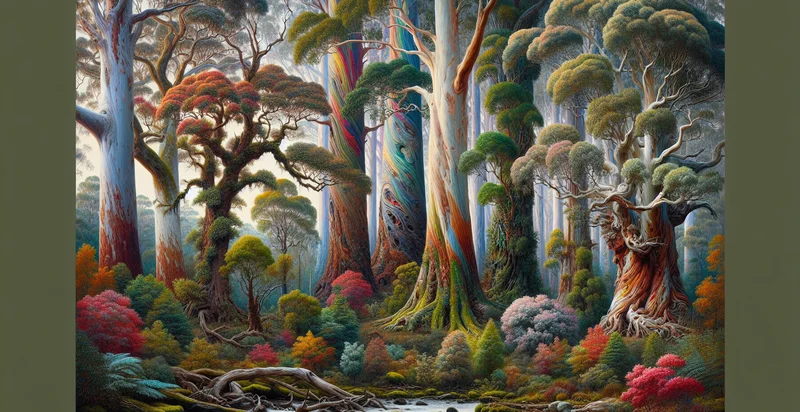Identify sequoia species
using AI
Below is a free classifier to identify sequoia species. Just upload your image, and our AI will predict what species of sequoia it is - in just seconds.

Contact us for API access
Or, use Nyckel to build highly-accurate custom classifiers in just minutes. No PhD required.
Get started
import nyckel
credentials = nyckel.Credentials("YOUR_CLIENT_ID", "YOUR_CLIENT_SECRET")
nyckel.invoke("sequoia-species", "your_image_url", credentials)
fetch('https://www.nyckel.com/v1/functions/sequoia-species/invoke', {
method: 'POST',
headers: {
'Authorization': 'Bearer ' + 'YOUR_BEARER_TOKEN',
'Content-Type': 'application/json',
},
body: JSON.stringify(
{"data": "your_image_url"}
)
})
.then(response => response.json())
.then(data => console.log(data));
curl -X POST \
-H "Content-Type: application/json" \
-H "Authorization: Bearer YOUR_BEARER_TOKEN" \
-d '{"data": "your_image_url"}' \
https://www.nyckel.com/v1/functions/sequoia-species/invoke
How this classifier works
To start, upload your image. Our AI tool will then predict what species of sequoia it is.
This pretrained image model uses a Nyckel-created dataset and has 14 labels, including Ancient Sequoia, Asian Metasequoia, California Redwood, Coast Redwood, Dawn Redwood, Endangered Sequoia Species, Giant Sequoia, Metasequoia Glyptostroboides, Redwood Hybrids and Sequoia Conservation Status.
We'll also show a confidence score (the higher the number, the more confident the AI model is around what species of sequoia it is).
Whether you're just curious or building sequoia species detection into your application, we hope our classifier proves helpful.
Related Classifiers
Need to identify sequoia species at scale?
Get API or Zapier access to this classifier for free. It's perfect for:
- Forestry Management: The 'sequoia species' identifier can aid forestry services in monitoring and managing sequoia populations by accurately classifying different species. This can help in developing conservation strategies, ensuring sustainable harvesting practices, and enhancing biodiversity.
- Environmental Research: Researchers studying ecosystems can utilize the identifier to gather data on sequoia species distributions and health. This information can contribute to understanding climate impact on forest ecosystems and the role of sequoias in carbon sequestration.
- Landscaping and Urban Planning: Landscaping companies and urban planners can employ the identifier to choose appropriate sequoia species for parks and green spaces. By selecting the right species, they can ensure longevity, aesthetic appeal, and ecological balance in urban landscapes.
- Timber Industry: Timber companies can use the species identifier to sort and process sequoias accurately, ensuring compliance with regulations related to sustainable logging practices. Identifying specific species allows them to manage resources better and improve market value.
- Education and Awareness: Educational institutions can implement the identifier in teaching programs to raise awareness about biodiversity and the importance of sequoia preservation. It can serve as a hands-on tool for students and nature enthusiasts to learn more about tree classification.
- Conservation Programs: Non-profit organizations focused on conservation can employ the identifier to assess the health of sequoia populations in protected areas. This technology can assist in identifying at-risk species and developing targeted conservation efforts.
- Ecotourism: Ecotourism businesses can utilize the species identifier to enhance guided tours in natural parks featuring sequoias. By offering informative insights into the different sequoia species, they can improve visitor experiences and promote environmental education.


